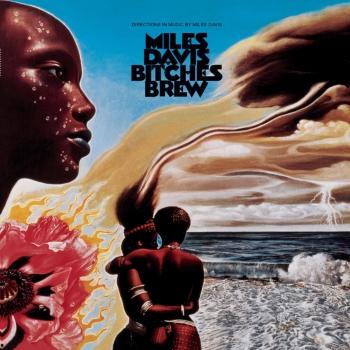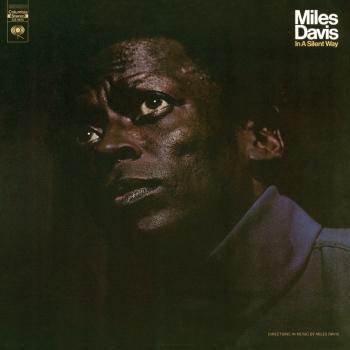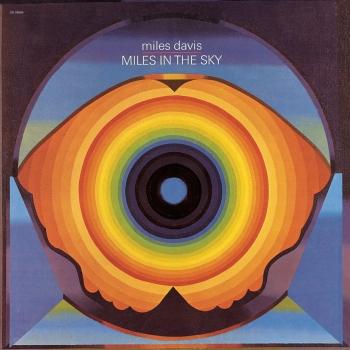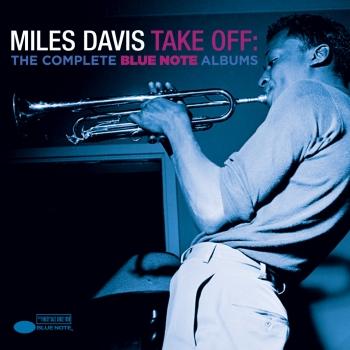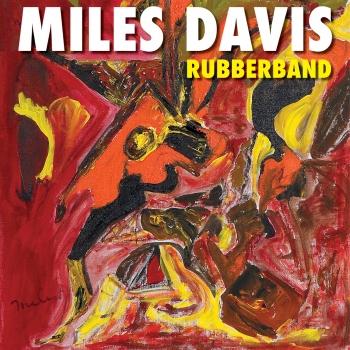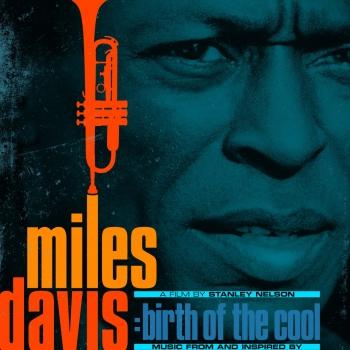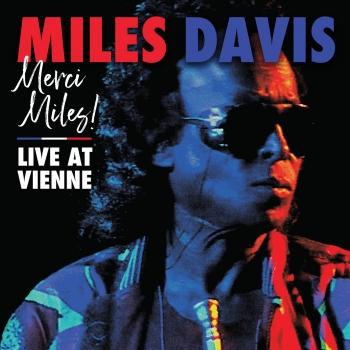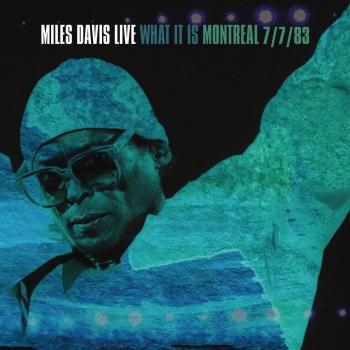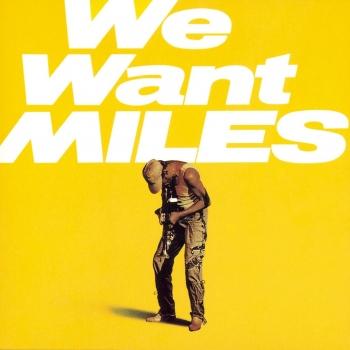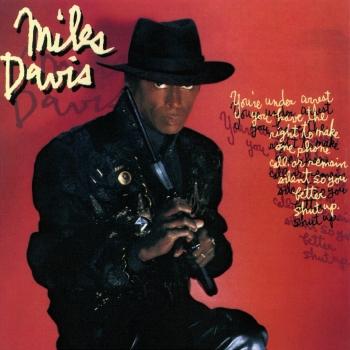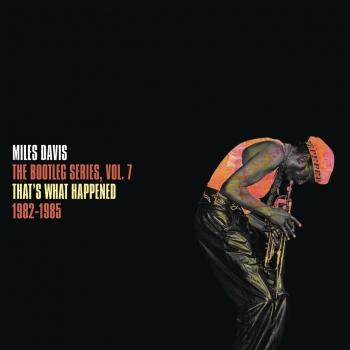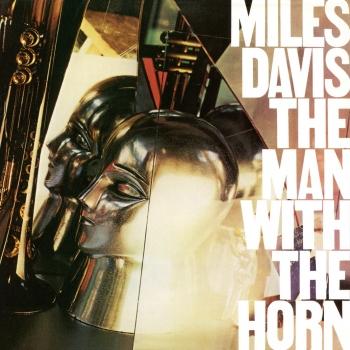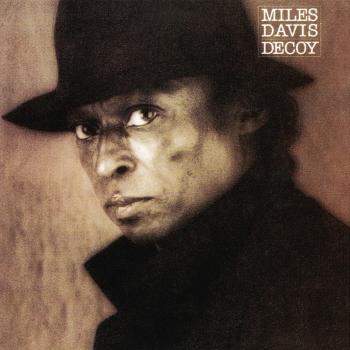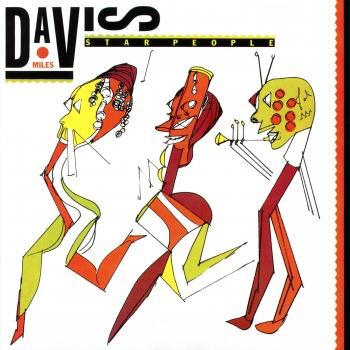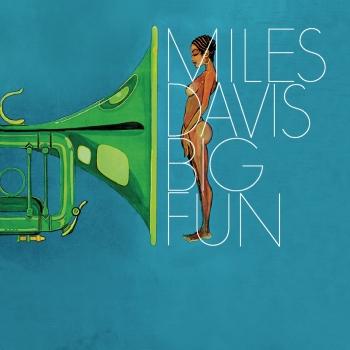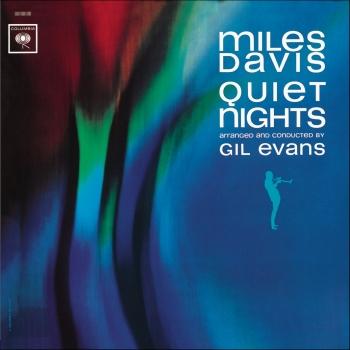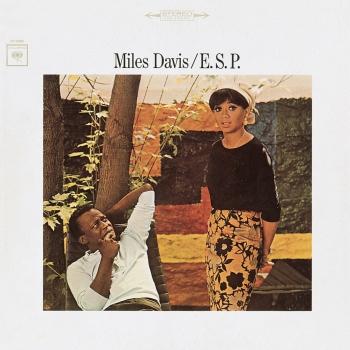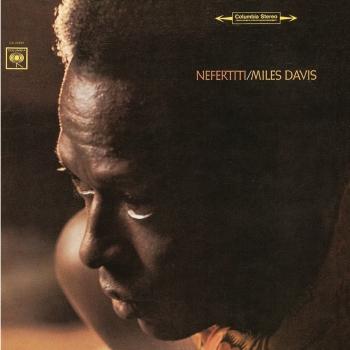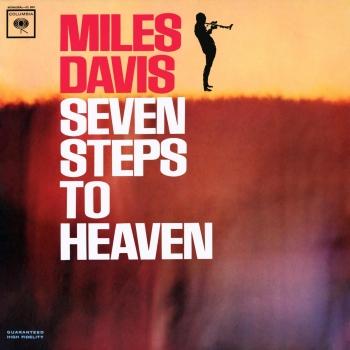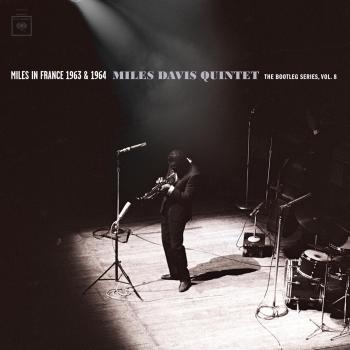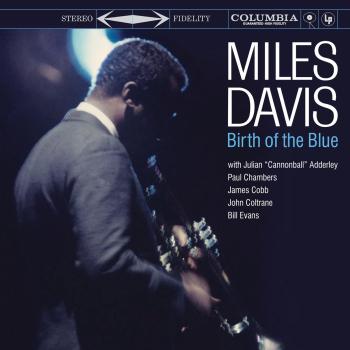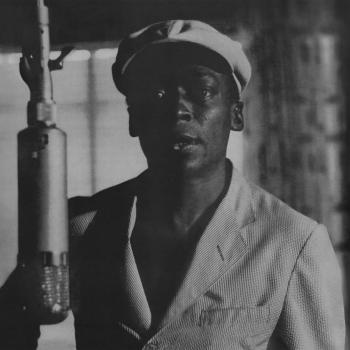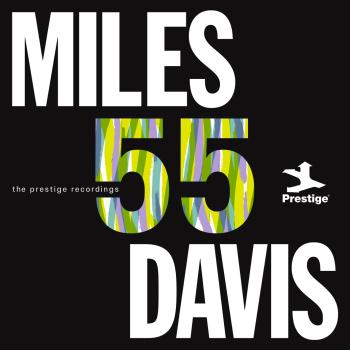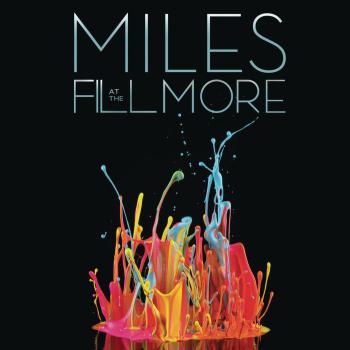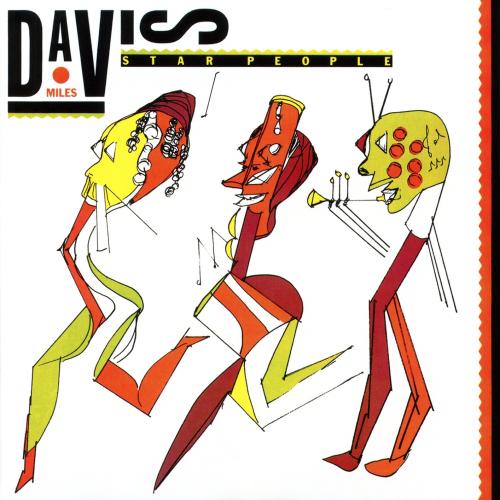
Star People (2022 Remaster) Miles Davis
Album info
Album-Release:
1983
HRA-Release:
16.09.2022
Album including Album cover
I`m sorry!
Dear HIGHRESAUDIO Visitor,
due to territorial constraints and also different releases dates in each country you currently can`t purchase this album. We are updating our release dates twice a week. So, please feel free to check from time-to-time, if the album is available for your country.
We suggest, that you bookmark the album and use our Short List function.
Thank you for your understanding and patience.
Yours sincerely, HIGHRESAUDIO
- 1 Come Get It 11:21
- 2 It Gets Better 09:51
- 3 Speak 08:33
- 4 Star People 18:47
- 5 U 'n' l 05:56
- 6 Star on Cicely 04:29
Info for Star People (2022 Remaster)
Star People is a 1983 album recorded by Miles Davis and issued by Columbia Records. It is the second studio recording released after the trumpeter's six-year hiatus, the first to feature electric guitarist John Scofield (who was recommended by saxophonist Bill Evans), and the last to be produced by long-standing producer Teo Macero. Bassist Marcus Miller (who would go on to produce future Davis sessions) plays on five of the tracks. Electric guitarist Mike Stern features on most of the pieces, and drummer Al Foster and percussionist Mino Cinelu round out the rhythm section. Davis played trumpet and Oberheim synthesizer simultaneously (without using overdubs), and also on separately recorded interludes for the over-18-minute-long blues "Star People".
Tom Barney temporarily replaced Marcus Miller, and John Scofield was called in to assist Mike Stern. A simple bass riff conveys the jam session spirit of “Come Get It.” But the two guitarists (and the discrete presence of Gil Evans in the recording booth) directed the music toward the angular and virtuoso melodic abstraction of chromatic funk. Gil Evans often took the melodic lines—developed but not reduced to the couplet-refrain schemas of pop—from the sessions’ solos, listening to them again in the evening, and choosing excerpts to transcribe for the guitar and saxophone. Thus, “Star On Cicely” was borrowed from Mike Stern, and “Speak” and “It Gets Better” from John Scofield. This last one is not far from Miles’ return to the blues in his repertoire, as his part in “It Gets Better” shows. This is the last time Teo Macero was producer, and the first time Miles’ drawings were used for the cover of the album.
"It's said that Miles has soloed better recently, and that the music relies on blues clichés. But like Agharta, this is the band's record, although unlike Agharta it works because Miles reins the band in--Mike Stern's blues duties keep him unfused, John Scofield gains needed muscle, Bill Evans hardly opens his embouchure. Anyway, blues is supposed to be a music of reinvented clichés." (Robert Christgau)
Miles Davis, trumpet, keyboards
John Scofield, electric guitar (on 2 & 3)
Mike Stern, electric guitar
Bill Evans, tenor & soprano saxophones
Marcus Miller, bass (except 3)
Tom Barney, bass (on 3)
Al Foster, drums
Mino Cinelu, percussion
Digitally remastered
Please Note: We offer this album in its native sampling rate of 96 kHz, 24-bit. The provided 192 kHz version was up-sampled and offers no audible value!
Trumpeter Miles Davis grew up in East St. Louis, Illinois, just across the river from St. Louis, Missouri. His parents were affluent, and had the means to support his musical studies as a boy. He began playing the cornet at age nine, and received his first trumpet at around twelve or thirteen. He studied classical technique, and focused mainly on using a rich, clear tone, something that helped define his sound in later years.
As a teenager, he played in various bands in St. Louis, which was rich with jazz, as big bands often stopped there on tours throughout the Midwest and southern states. The most important experience he had was when he was asked to play in the Billy Eckstine band for a week as a substitute. The group included Charlie Parker, Dizzy Gillespie, and Sara Vaughan. After playing with these stars, Davis knew he had to move to New York to be at the heart of the jazz scene.
In Pursuit of Parker:
In 1944 Davis moved to New York City where he had earned a scholarship to study trumpet at the Juilliard School of Music. Upon arriving however, he sought after Charlie Parker, and meanwhile spent all of his time in jazz clubs listening to bebop. He was transfixed on the music, and grew utterly bored with his classical studies. After less than a year at Juilliard, he dropped out and tried his hand at performing jazz.
Although not particularly stunning, his playing was good enough to finally attract Charlie Parker, and Davis joined his quintet in 1945. He was often criticized for sounding inexperienced, and was compared unfavorably to Dizzy Gillespie and Fats Navarro, who were the leading trumpeters at the time. Both boasted stellar technique and range, neither of which Davis possessed. In spite of this, he made a lasting impression on those who heard him, and his career was soon set aloft.
Cool Jazz and a Rise to Fame:
Encouraged by composer and arranger Gil Evans, Davis formed a group in 1949 that consisted of nine musicians, including Lee Konitz and Gerry Mulligan. The group was larger than most bebop ensembles, and featured more detailed arrangements. The music was characterized by a more subdued mood than earlier styles, and came to be known as cool jazz. In 1949 Davis released the album Birth of the Cool (Captiol Records).
Change of artistic direction became central to Davis’ long and increasingly influential career. After dabbling in hard bop as a leader on four Prestige recordings featuring John Coltrane, he signed with Columbia records and made albums that featured Gil Evans’ arrangements for 19-piece orchestra. These were Miles Ahead, Porgy and Bess, Sketches of Spain, and Quiet Nights. He rose in popularity with these recordings, in part due to his signature sound, which he often enhanced by using a Harmon mute.
Kind of Blue and Beyond:
In 1959 Davis made his pivotal recording, Kind of Blue. It was a departure from all of his previous projects, abandoning complicated melodies for tunes that were sometimes only composed of two chords. This style became known as modal jazz, and it allows the soloist expressive freedom since he does not have to negotiate complex harmonies. Kind of Blue also featured John Coltrane, Cannonball Adderley, and Bill Evans. The album is one of the most influential in jazz, and is Columbia Records’ best-selling jazz record of all time.
In the mid 1960s Davis changed directions again, forming a group with Herbie Hancock, Wayne Shorter, Tony Williams, and Ron Carter. This group was known for the excellence of each individual member, and also for its unique performance approach. Each night the tunes would sound different, as the musicians would sometimes only loosely adhere to the song structures, and often transition from one right into the next. Each player was given the chance to develop his solos extensively. Like all of Davis’ previous groups, this quintet was highly influential.
Late Career:
Despite health problems, drug addiction, and strained personal relationships, Davis continued to play, changing his approach with each new project. In the late 60s and 70s, he began to experiment with electronic instruments, and grooves that were tinged with rock and funk music. Two famous recordings from this period are In a Silent Way and Bitches Brew. By the time the 1980s rolled around, Davis was not only a jazz legacy, but a pop icon, whose music, persona, and fashion style were legendary.
Davis died in 1991, as perhaps the most influential jazz artist ever. His vast body of work continues to be a source of inspiration for today’s musicians. (Jacob Teichroew, About.com Guide)
This album contains no booklet.







